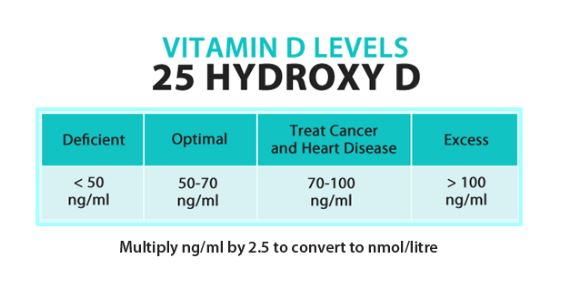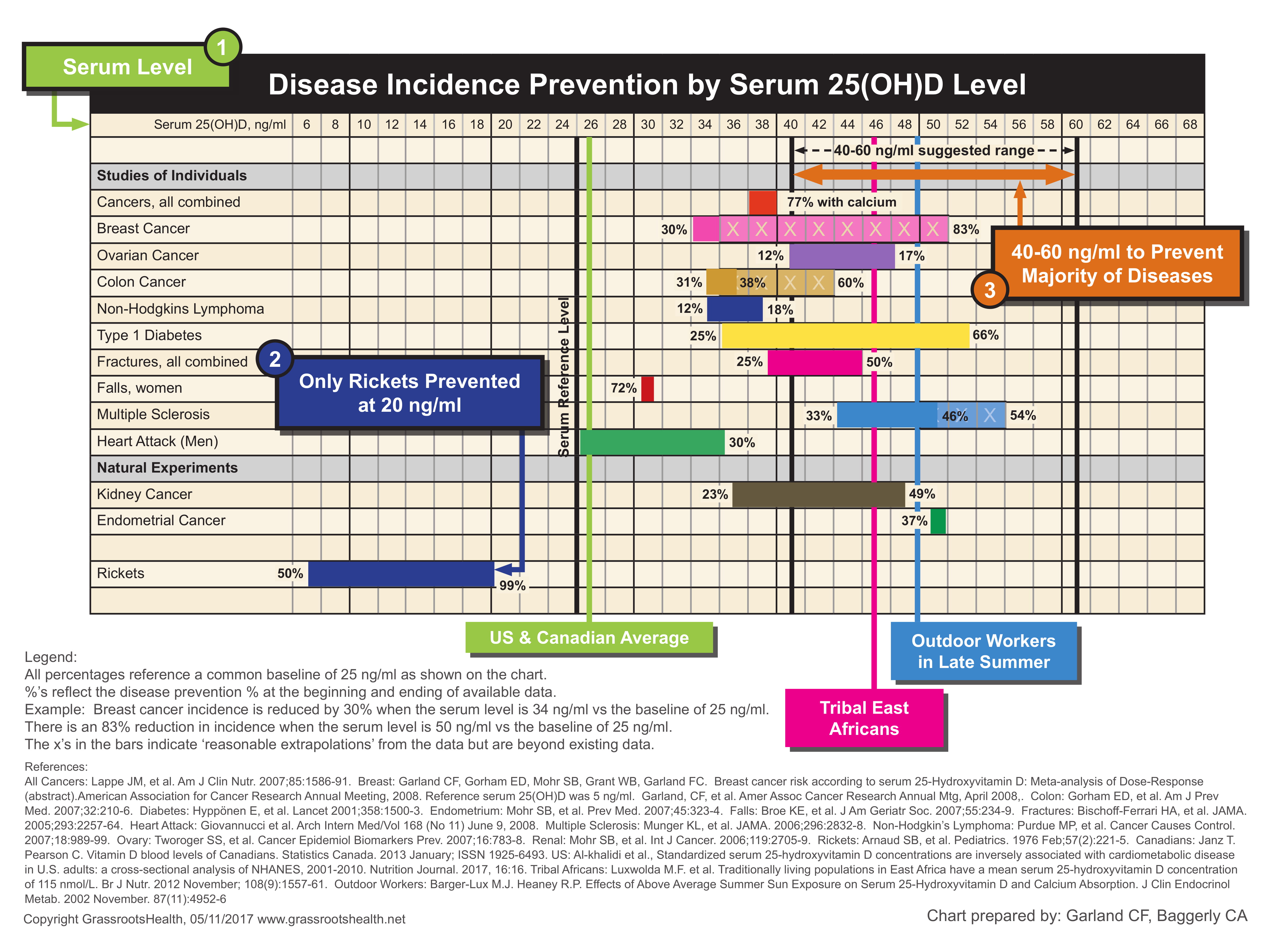There are a few questions revolving around the whole Vitamin D buzz lately…How much? When to test? What is Vitamin D evenactually good for? We are going to address those questions here with additional resources fromDr. Mercola Natural Health and Grassroots Health. The Blu Room is a cutting-edge technology that allows your body to produce it’s very own Vitamin D by utilizing medicalgrade, narrowband UV-B light that mimics natural sunlight.
So, what is Vitamin D?
Know that this so-called sunshine vitamin is different from other nutrients because it also functions as a hormone – a switch that occurs when your body absorbs the vitamin. (1)
Vitamin D is fat-soluble, which means the body can only absorb it when consumed with foods that contain fat, like avocado, chicken, or peanut butter.You likely won’t be able to get enough vitamin D through diet alone. In fact, sunshine and vitamin D supplements are the best sources of this vitamin.
There are two main forms of vitamin D – vitamin D2 and vitamin D3 – and the difference between them has to do with their chemical structure and the way they’re manufactured. (1) Vitamin D3 is the natural form of vitamin D that the body creates from sunshine.
For the purposes of making sure you’re getting enough vitamin D, don’t stress too much about the type you’re getting through food or supplements, but keep in mind that at high doses, vitamin D2 is less potent than vitamin D3. (1) For this reason, your healthcare provider may recommend supplementing your diet with vitamin D3. Most adults need 600 international units (IU) of vitamin D per day for adequate bone health, but recommendations vary, and again, a number of factors can influence your recommended intake. (1) Elderly, pregnant, breastfeeding orimmune weakenedindividuals often need more Vitamin D to maintainoptimalhealth.
It’s best to have your Vitamin D levels checked as a regular part of your health and wellness routine.
How much Vitamin D do I need?
A key factor in knowing how much Vitamin D you need is to optimally have your levels tested every Six months, as people vary widely in their response depending on many factors including stress, age, and even weight. Your Vitamin D goal is to reach a clinically relevant serum level of 50-70 ng/ml and maintainthat level year round. Knowing your Vitamin D levels is oneof the most important tests you can take, so pleaseif you haven’t had your levels checked – we cannot emphasize the importance enough!

Image from mercola.com
Vitamin D in Disease Prevention
A growing body of evidence shows that vitamin D plays a crucial role in disease prevention and maintaining optimal health. There are about 30,000 genes in your body, and vitamin D affects nearly 3,000 of them, as well as vitamin D receptors located throughout your body. According to one large-scale study, optimal Vitamin D levels can slash your risk of cancer by as much as 60 percent. Keeping your levels optimized can help prevent at least 16 different types of cancer, including pancreatic, lung, ovarian, prostate and skin cancers. (2)

Image from Grassroots
Vitamin D and the Blu Room
A Blu Room session can help your body produce it’s own Vitamin D which can be utilized by the body better than most synthetic forms available.
A 20 minute Blu Room session, with 3 minutes of UVB provides a light-skinned person with the equivalent of around 10,000 IU of oral Vitamin D and around 5,000 IU for a tanned or darker skinned person, with 6 minutes of UVB provides a light-skinned person with the equivalent of around 10,000 IU of oral Vitamin D and around 5,000 IU for a tanned or darker skinned person, and with 9 minutes of UVB provides a light-skinned person with the equivalent of around 10,000 IU of oral Vitamin D and around 5,000 IU for a tanned or darker skinned person. (3)
Ask your health care professional to test your Vitamin D at your next checkup or stop by the Blu Room Wellness Center and we will help you with scheduling a Vitamin D test at a local lab. We are here to help support you wherever you are at any given moment!
(1) Havard T.H. Chan. School of Public Health. Vitamin D and Health.
(2) Mercola Natural Health. Dr. Mercola. Most everyone can use more Vitamin D.
(3) Blu RoomExperiencing the Future Building Bridges with Light, Frequency, and Sound. Irmgard Maria Graf. Print.

